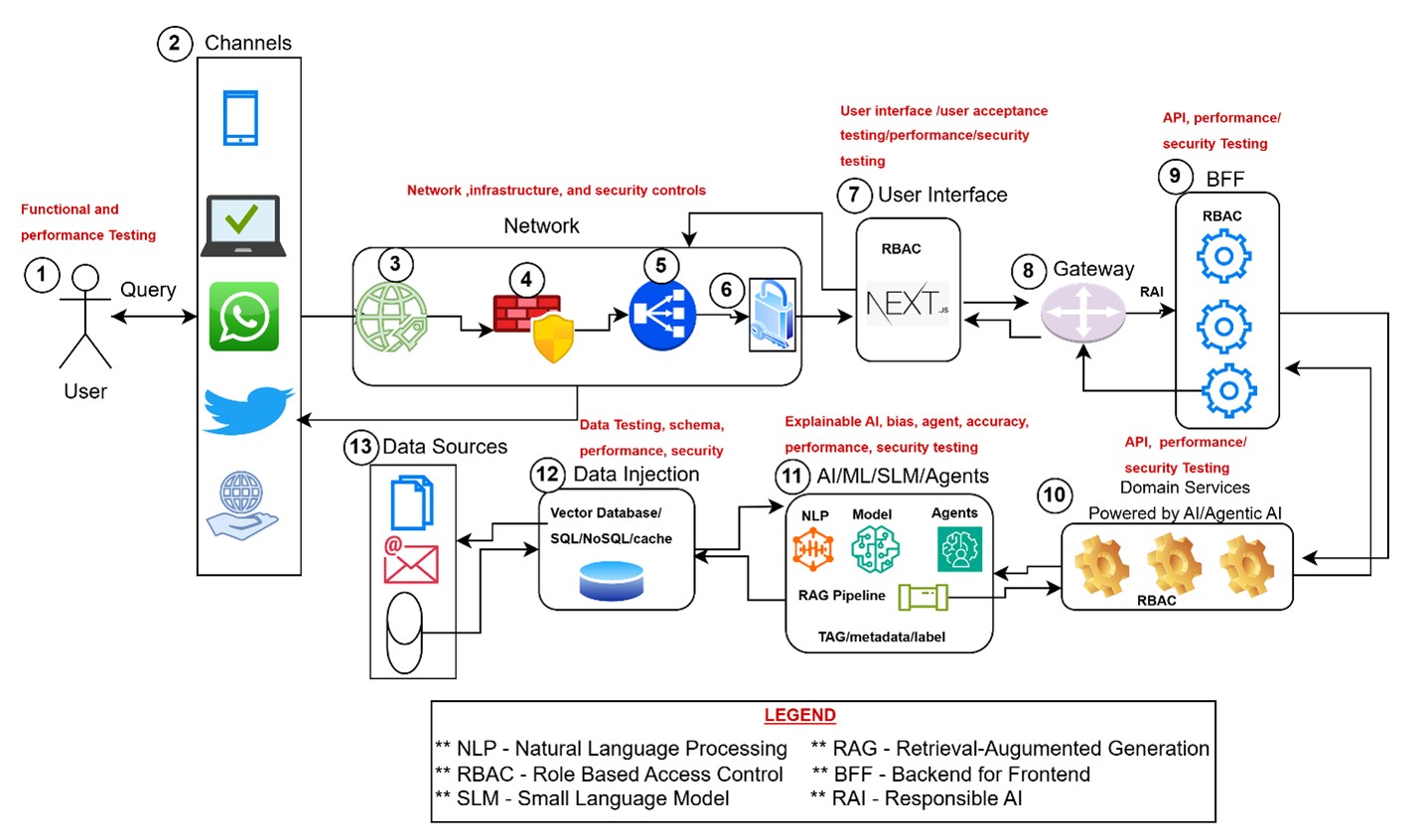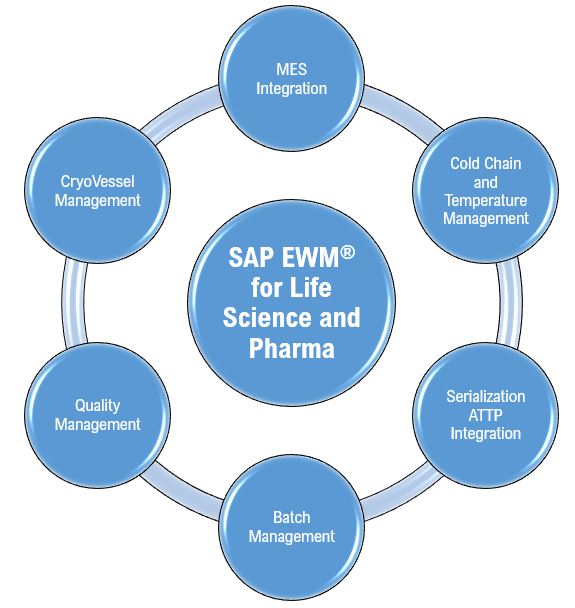With the rise of online engagement and digital conversations, chatbots have become indispensable, transforming customer service, information delivery, and internal operations. However, their effectiveness depends on their ability to perform reliably under dynamic and unpredictable conditions. Without rigorous testing, chatbots can falter, causing miscommunication, awkward interactions, data breaches, and integration conflicts. As chatbots scale, these issues can escalate into serious system failures.
Resilient quality engineering (QE) can effectively address these challenges, ensuring consistently superior user experiences. This blog explores the core QE practices that make chatbots smart, reliable, impactful, and ready for real-world interactions.
Core Quality Engineering Pillars
To ensure chatbot quality across multiple dimensions, resilient QE applies a comprehensive set of practices:
- Functionality and performance: Enables seamless intent recognition, entity extraction, and dialogue flow through automated and manual testing while also evaluating response time, throughput, and resource utilization to support scalability and responsiveness
- Resilience and usability: Analyzes real-world scenarios for error handling and recovery, and assesses user experience (UX) across diverse personas, focusing on natural language understanding, response clarity, and intuitive navigation
- Security: Detects and mitigates vulnerabilities, including data privacy risks, injection attacks, and unauthorized access, while adhering to global security standards
- Conversation and bias: Leverages conversation simulation and adversarial testing to optimize dialogue flow and deliver unbiased responses
- Explainable artificial intelligence (XAI): Evaluates the trustworthiness, transparency, and clarity of the chatbot’s decision-making process beyond basic response generation
- Application programming interface (API) and data: Enables seamless integration with external data and services, facilitates reliable and secure data exchange, and maintains high accuracy in intent recognition as well as entity extraction even under heavy system loads
- Retrieval-augmented generation (RAG) and agent performance: Verifies that the chatbot draws on current knowledge for valid responses while examining task completion, contextual awareness, action execution, security, and workflow complexity to maintain resilience and productivity
Figure 1 illustrates a typical chatbot architecture that incorporates key quality engineering pillars, including performance, security, API, resilience, and XAI. The architecture may vary depending on domain-specific use cases and technical components.

Fig. 1: A typical chatbot architecture with key quality engineering pillars
Continuous Monitoring and Analysis of Chatbot Performance
Continuous monitoring and analysis of chatbot performance are essential to maintain peak functionality. This can be achieved through the following techniques:
- Real-time analytics and log analysis: Monitors key metrics and audits conversation logs to identify performance bottlenecks, uncover issues, analyze user behavior, and refine the knowledge base
- A/B testing and user feedback: Performs experiments to track changes, optimize performance, capture real-time insights, and promptly address user concerns
- Automated alerts: Implements proactive alerts for critical errors, performance drops, and security threats, enabling rapid response and resolution
Quality Engineering Best Practices for Perfecting Chatbots
Robust QE practices lay the foundation for building chatbots that are adaptable, scalable, and reliable. The following best practices can help meet user needs and business objectives:
- Define clear objectives: Identify the key areas for evaluation and define measurable objectives.
- Create diverse scenarios: Incorporate a range of user inputs, including variations in phrasing, misspellings, and slang.
- Test across platforms: Verify that the chatbot functions seamlessly across platforms and devices.
- Gather user feedback: Refine and optimize the chatbot regularly based on user insights.
- Employ continuous testing: Implement ongoing testing as the chatbot learns and evolves to fulfill user needs and business goals.
- Implement DevOps and MLOps: Integrate DevOps and MLOps practices, incorporating quality gates to maintain high standards.
- Ensure responsive AI: Follow responsive AI practices for greater adaptability.
Final Word
Infosys Quality Engineering blends AI-driven QE, agile methodologies, and robust testing frameworks to foster customer trust, boost engagement, and elevate chatbot performance. By applying these strategies and best practices throughout the chatbot development lifecycle, organizations can build resilient, high-performance chatbots that deliver real-world impact.












Good read. Helpful in understanding the best practices
Thanks Kannan
Good read Sethu. Thanks for a well-articulated summary of PoV.
Thanks Neelmani